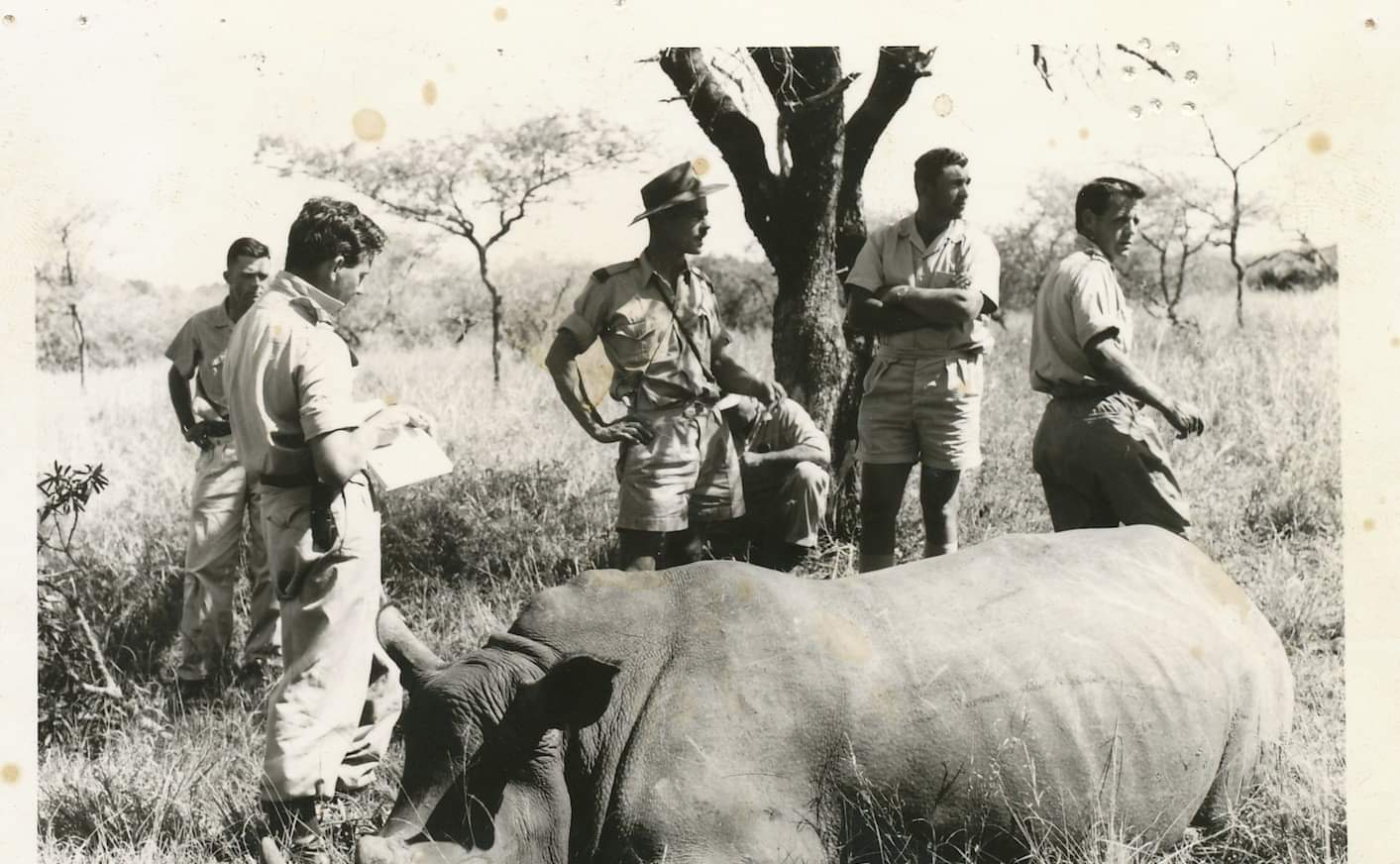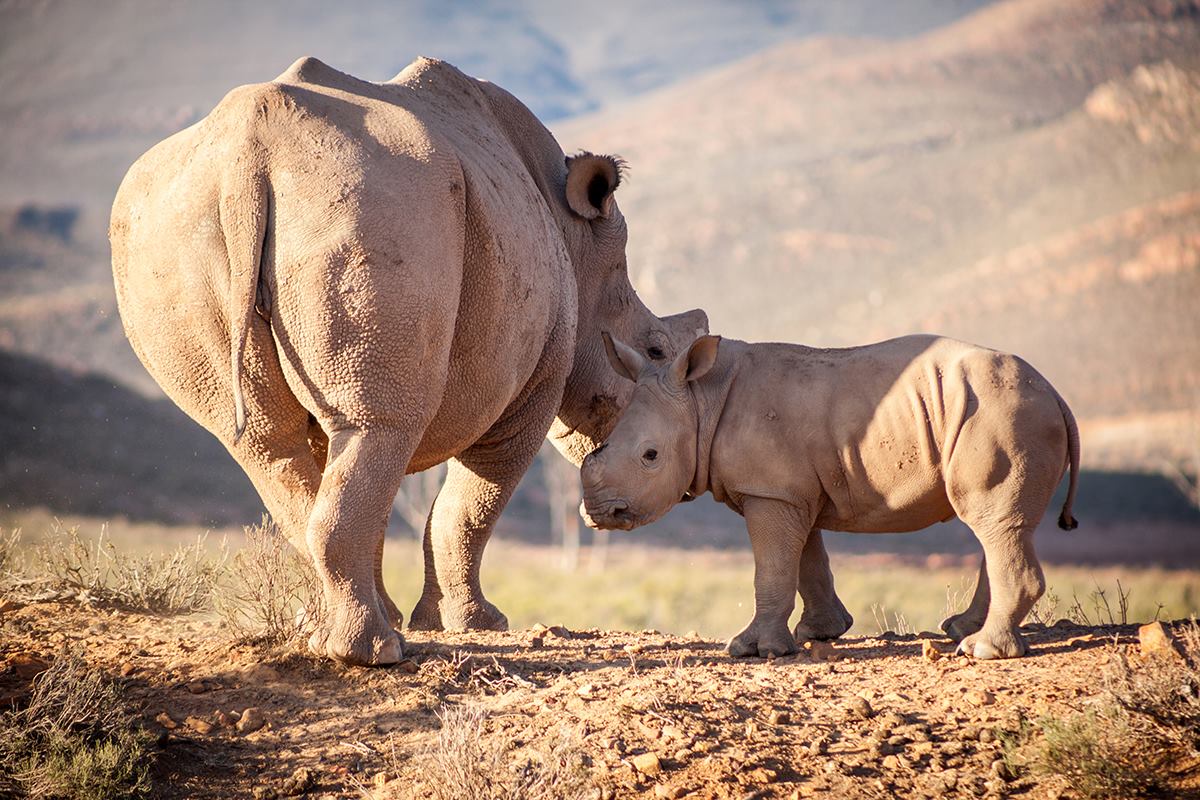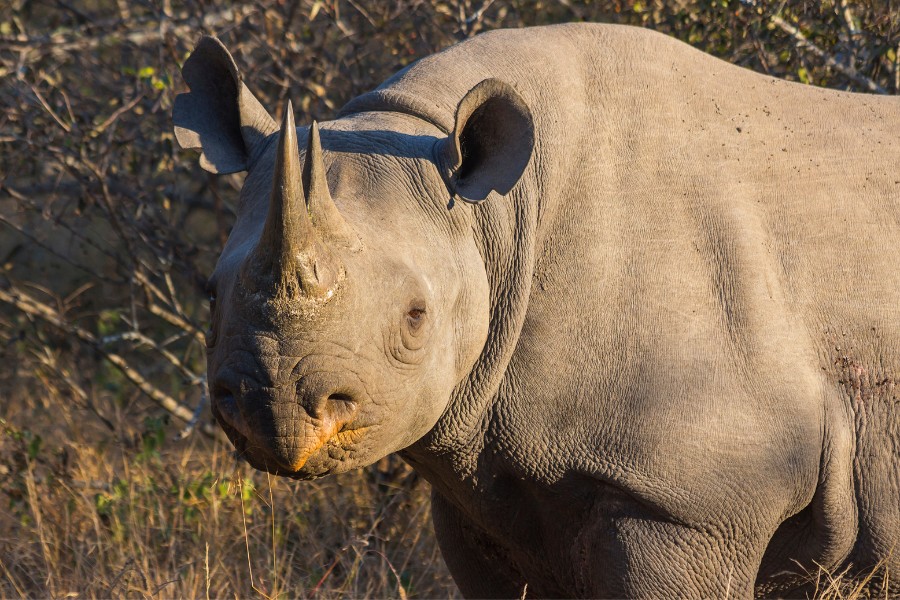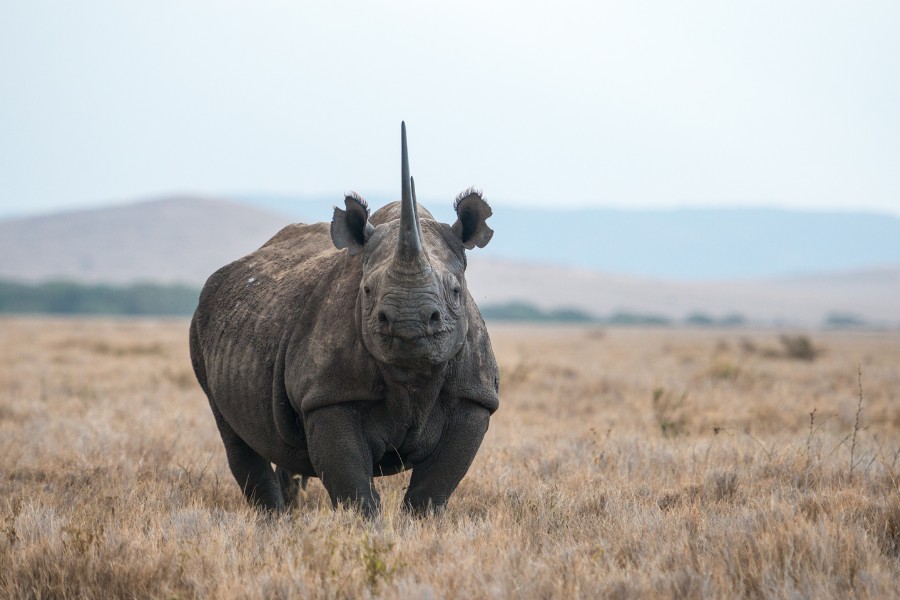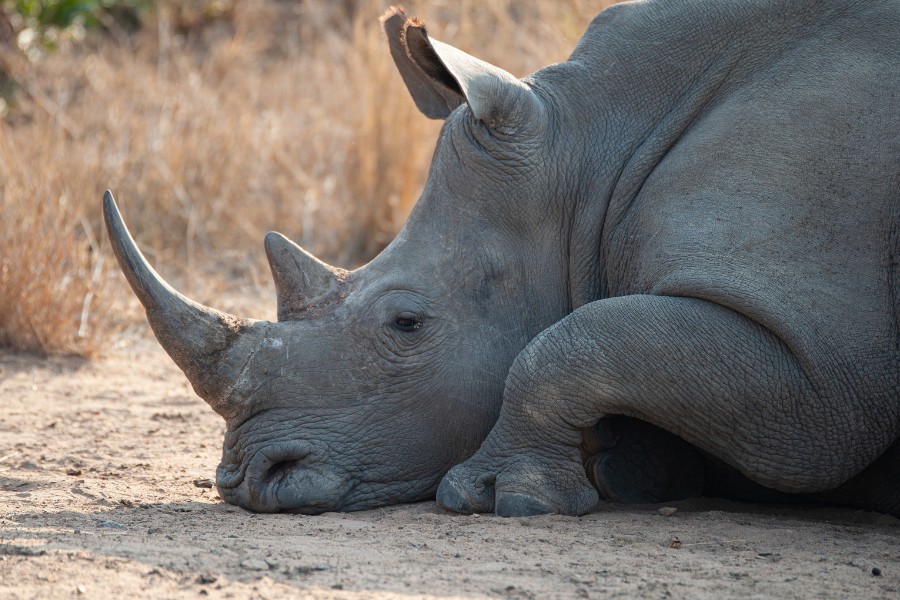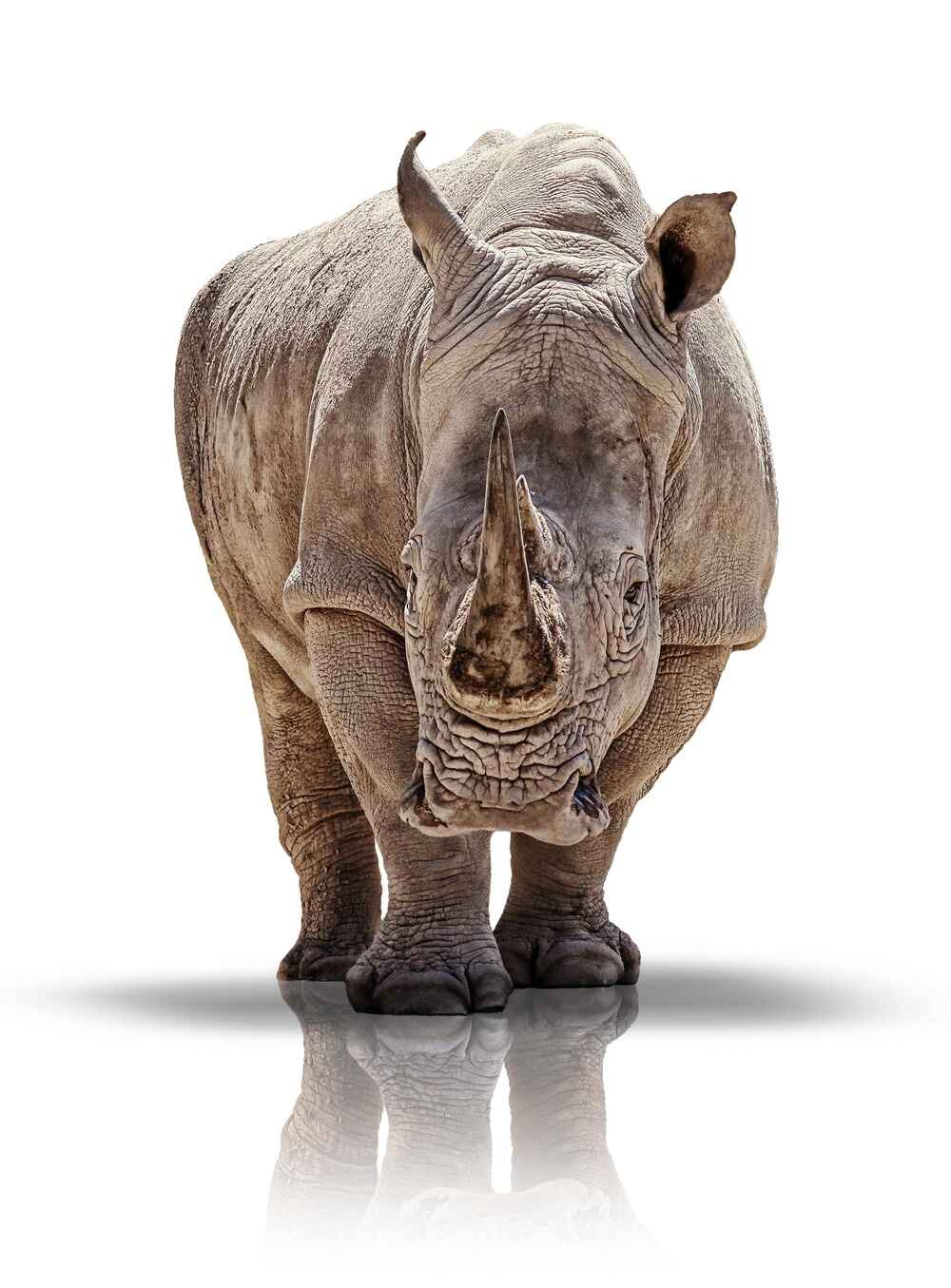In 2023, when talking about the Southern White rhino (Ceratotherium simum simum), the term “conservation success story” is hard to imagine amidst our country’s ongoing struggles against rhino poaching. However, less than a century ago, these remarkable creatures were brought back from the brink of extinction, climbing from fewer than 100 individuals in the early 1900s to around 20,000 in 2010.
But this story wasn’t always one of triumph. Today, we delve into the forgotten history that almost led to the loss of the white rhinos in South Africa, and how the remarkable survival of this species offers valuable lessons for future conservation efforts and rhino rescue initiatives.
From Discovery to Decline
The first recorded encounter with the “square-lipped rhinoceros” (as it was initially named) came from naturalist William John Burchell in 1812. Unfortunately, his published description and illustrations sparked a wave of interest for trophy hunters across Europe. Coupled with advancements in firearms, this newfound fame spelled disaster for the rhino populations across Africa, resulting in a remarkable tale about how South Africa almost lost the white rhino.
Although the white rhino secured their spot as one of the impressive ‘big five’ hunting trophies, these gentle giants were known for their social nature and trusting behaviour, and became easy targets. They were larger and less aggressive than their black counterparts, making them the preferred prey for both native and European hunters. Expanding trade routes and newfound demand for their meat, skin, and horns further fuelled their fast decline.
“That the mortality due to man was not negligible is made quite clear by the very few hunters who put pen to paper recording for instance the destruction of eighty animals by two men in one hunting season alone, or the slaughter of eight at a water hole in a single day… How this species survived at all is difficult to tell.”
– Player and Feely (1960)
Creating Africa’s First Protected Area
For eight decades, uncontrolled hunting wiped out White rhinos across their range. By the late 19th century, only 20-100 individuals remained, confined to the Zululand territory (now known as KwaZulu-Natal) in South Africa.
Thankfully, 1895 marked a turning point. Early South African conservationists successfully established Africa’s first protected area, the Umfolozi Junction Reserve (now Hluhluwe-iMfolozi Park), specifically to safeguard the remaining White rhinos. This isolated haven provided them with much-needed protection, allowing their numbers to slowly climb to over 400 by the 1950s.
The discovery of this small, surviving population ignited a spark of hope for environmentalists across Southern Africa. In the decades spanning from the 1960s, under the leadership of Dr. Ian Player, “Operation Rhino”, an innovating breeding project and rhino conservation initiative, was launched. And Operation Rhino had one goal in mind: to increase the number of rhinos born to a point where they would be able to outnumber the number of rhinos killed.
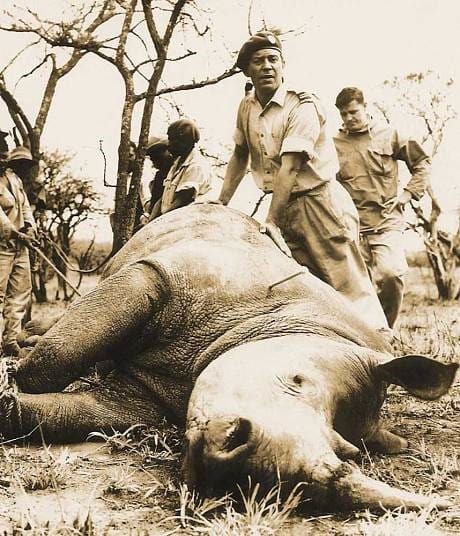
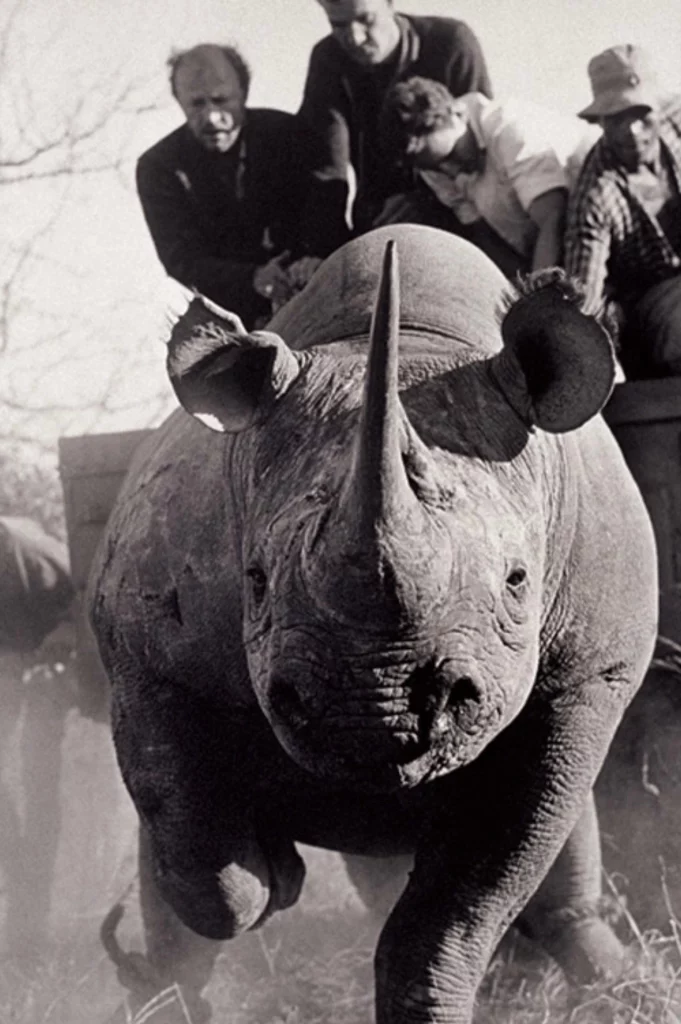
Operation Rhino
Although the iMfolozi reserve was an initial success in providing a protected area for rhinos and other wildlife, it was conservationist, Ian Player, who recognised the limitations of a single reserve for the future of such a momentous project. In 1960, he launched a groundbreaking initiative called “Operation Rhino.” This ambitious project involved translocating groups of White rhinos to breeding facilities worldwide and back to various, newly protected areas throughout their historical range.
This diversification of their range and the expansion of their gene pool proved to be a turning point, enabling the white rhino population to rebound to a remarkable 20,000 individuals by 2010. By expanding their natural habitat and provide large-scale, free-roaming areas protected by the government (SAN Parks), Player was able to accelerate their population growth and secure their long-term survival.
Against all odds, Operation Rhino proved to be a success story, with South Africa’s rhino populations growing steadily until 2012-2013. Unfortunately, a new threat emerged—poaching. While the White rhino escaped near annihilation once, the battle for their survival continues on a different front. Although the National parks and protected rhino reserves are tirelessly working to safeguard their wildlife populations, maintaining a ‘protected’ area is now more difficult than ever before. Advancements in technology and ever-increasing demand from the East has turned conservation efforts into an ongoing battle of against corruption and greed.
Learning from the Past, Shaping the Future
The story of the White rhino serves as a powerful reminder of the delicate balance between human actions and the fate of wildlife. Their near-extinction highlights the crucial role of conservation efforts and protected areas in safeguarding vulnerable species.
The lessons learned from Operation Rhino—habitat restoration, population management, and community involvement—are invaluable in addressing the ongoing threats faced by other rhino species, like the critically endangered Black rhino. By applying these strategies and fostering continued support and public awareness, we can ensure that future generations can continue to witness the awe-inspiring presence of South Africa’s wildlife heritage.

